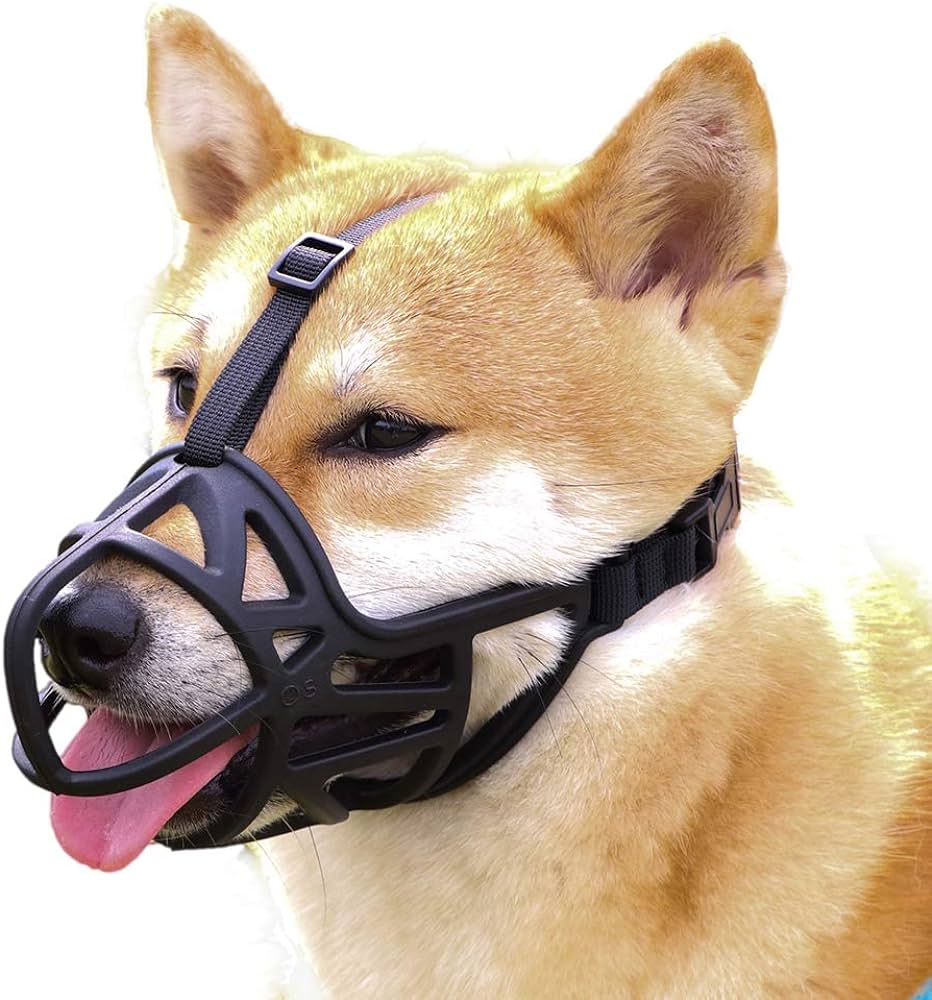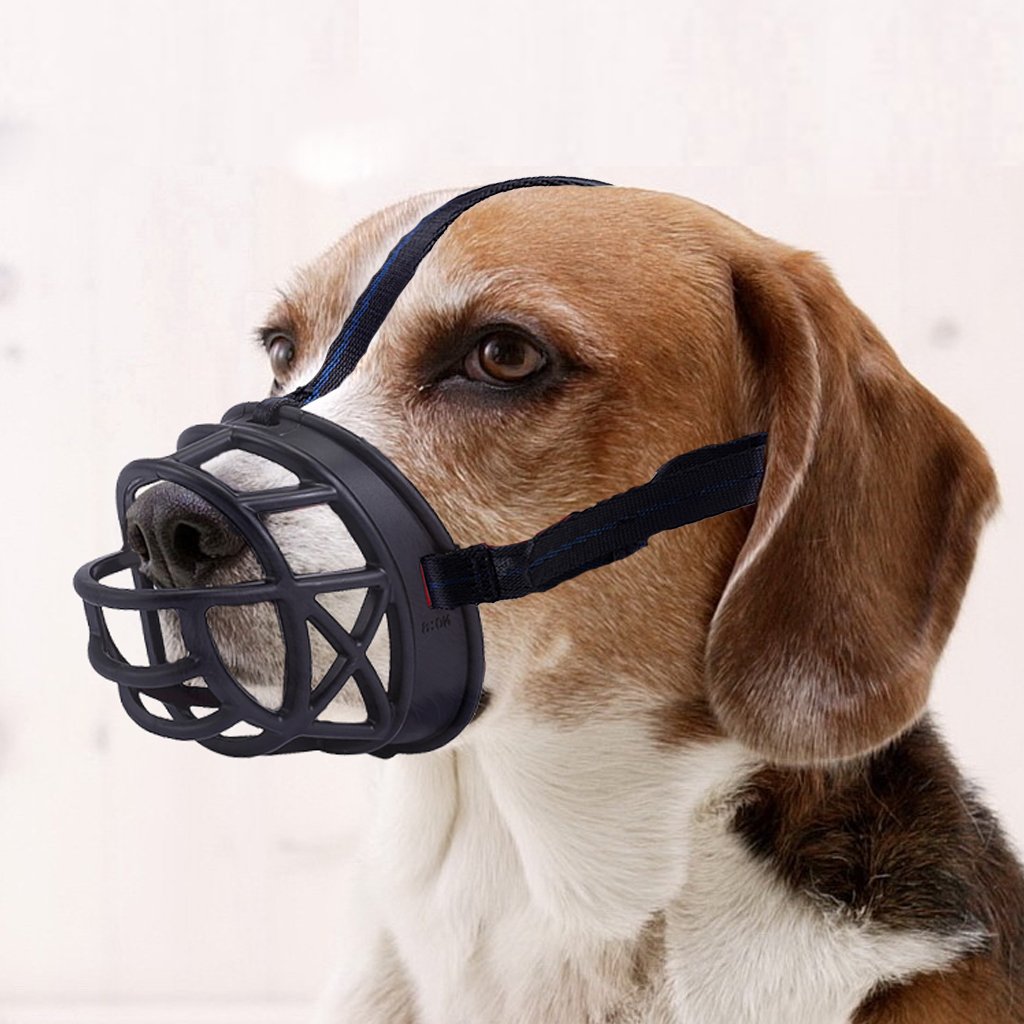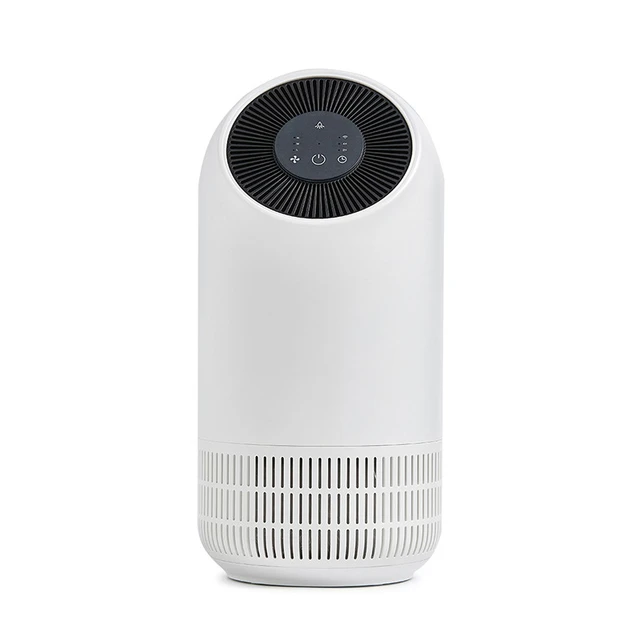Finding the right muzzle for your dog is material to ensure their comfort and safety. A right fitting gag allows your furry friend to pant, drink, and even out undergo treats while offering the necessary restraint. In this comprehensive guide, we will walk you through the process of measurement your dog for a muzzle in a relaxed and cheerful tone. So, snaffle a regale for your pup and let’s get started on this paw-some adventure!
 Understand the importance of a proper fit
Understand the importance of a proper fit
Before we start into the measurement process, it’s crucial to empathize because a specific trying on muzzle is important. A muzzle that fits swell ensures your dog’s comfort during wear and prevents them from well removing or slithering out of it. It provides effective restraint without causing discomfort or restricting their ability to breathe and pant. A well-fitted muzzle is a tool for safety and control, quite than a form of punishment. By prioritizing a proper fit, you can ensure a formal and stress-free see for your furry friend.
Choose the right typewrite of muzzle
With various types of muzzles available, it’s large to select the one that best suits your dog’s necessarily and preferences. Basket muzzles are versatile and allow your dog to pant, tope water, and take treats while wearing them. Soft muzzles are lightweight and comfortable, making them suitable for short-term control during visits to the groomer or vet. Pliant muzzles offer durability and are often used in vet clinics or animal shelters for promptly and reliable restraint. Leather muzzles provide a classic look and operational control during walks or training sessions. Sleeve muzzles wrap up more of the face and are typically old in specialized situations so much as veterinary procedures. Wire muzzles offer excellent ventilating system and visibility, making them a popular choice for training and walks. Custom-fit muzzles are trim specifically for your dog, ensuring a perfect fit for their unique rostrum shape and size. Consider your dog’s person needs and the purpose of the gag when choosing the right type.
Measure snout length
To accurately measure your dog’s snout length, use an easy measuring tape or a patch of string. Start at the topple of your dog’s nose and gently keep an eye on the contours of their snout whole the way to the point just below their eyes where the snout ends. Ensure the tape or thread is not overly tight or loose, only comfortably snug against their snout. Take observe of the measurement in inches or centimeters, as this will help you select the seize muzzle size.
Measure snout circumference
Measuring your dog’s rostrum circumference is equally important for determination the correct size up muzzle. Wrap the measuring tape or thread round the widest disunite of your dog’s snout, just below their undefined and above their nose. Work sure it is snug but not overly tight, allowing enough board for your dog to pant, open their mouth, and suspire comfortably. Take note of the circumference measure alongside the snout length.
Determine the seize size
Once you have the measurements of your dog’s rostrum length and circumference, refer to the size charts provided by the muzzle manufacturer. Each gag type will have its own specific sizing guidelines. Liken your dog’s measurements with the chart and select the size up that aligns with their measurements. If your dog’s measurements fall between 2 sizes, it’s generally better to choose for the big size to ensure a more comfortable fit.
Consider adjustability and comfort
When choosing a muzzle, look at the adjustability features it offers. Look for muzzles with adjustable straps or buckles that take into account you to fine-tune the accommodate to your dog’s specific needs. Ensure the muzzle fits snugly without being excessively tight, avoiding any discomfort or detrition against the skin. Pay care to potency pressure points and ensure the gag does not restrict your dog’s ability to open their mouth, pant, or drink irrigate comfortably. Comfort is key to successful muzzle use, so take the time to find the rectify fit for your dog.
Test and adjust as needed
Once you have selected a muzzle based on measurements and comfort considerations, it’s time for a screen run. Put together the gag on your dog and observe their behavior. Allow your pup to get accustomed to the muzzle gradually, exploitation positive reinforcement and rewards to create a positive association. Watch for whatever signs of distress or discomfort, much as excessive pawing or rubbing. If necessary, make cold-shoulder adjustments to the straps for a more secure fit or consider nerve-wracking a different size up or type of muzzle. Patience and positive support are vital elements of undefeated muzzle training.
Here are some additional tips and advice to view when measuring your chase for a specific try-on muzzle:
- Use a soft measuring tape: Opt for a soft mensuration tape or a piece of string to submit accurate measurements of your dog’s rostrum length and circumference. This ensures a comfortable and non-restrictive fit.
- Take measurements with your dog in a relaxed state: It’s best to measure your dog’s rostrum when they are steady and relaxed. This wish help you get more accurate measurements and downplay any potency uncomfortableness or underground during the process.
- Involve your dog: Make measuring a playfulness and formal experience for your dog. Use treats, praise, and rewards to keep their attention and cooperation. This will create a positive association with the gag and make future wear off more enjoyable.
- Ensure proper trousering and drinking: When fitting the muzzle, ascertain that your dog can freely pant and tope water. Track muzzles should never hinder these essential activities. Search for muzzles with fair to middling ventilation system and openings that allow your dog to suspire comfortably.
- Check for rubbing or discomfort: After putting the gag on your dog, monitor their behavior for any signs of rubbing or discomfort. Ensure the straps are not excessively fast or digging into their skin. If you notice whatsoever issues, correct the accommodate or look at trying a different size or type of muzzle.
- Gradual acclimation: If your dog is recently to wearing a muzzle, introduce it gradually. Start with short periods of wear, step by step increasing the duration over time. This helps your tag along get accustomed to the muzzle and reduces any anxiousness or discomfort they may initially experience.
- Seek professional serve if needed: If you’re groping about measuring or selecting the right gag for your dog, consult with a professional, much as a veterinarian or a professional chase after trainer. They can provide guidance and help you find the trump muzzle for your dog’s particular needs.

Measuring your dog for a specific fitting muzzle is a crucial step in ensuring their comfort, safety, and well-being. By understanding the grandness of a specific fit, choosing the right typewrite of muzzle, and taking accurate measurements of your dog’s snout length and circumference, you put up find the perfect accommodate for your furry friend. Remember, a well-fitted muzzle should allow your dog to pant, drink, and even undergo treats while providing the essential restraint. So, submit the time to measure your dog accurately, involve them in the process, and embark on this exciting journey to see the ideal muzzle for your four-legged companion!
